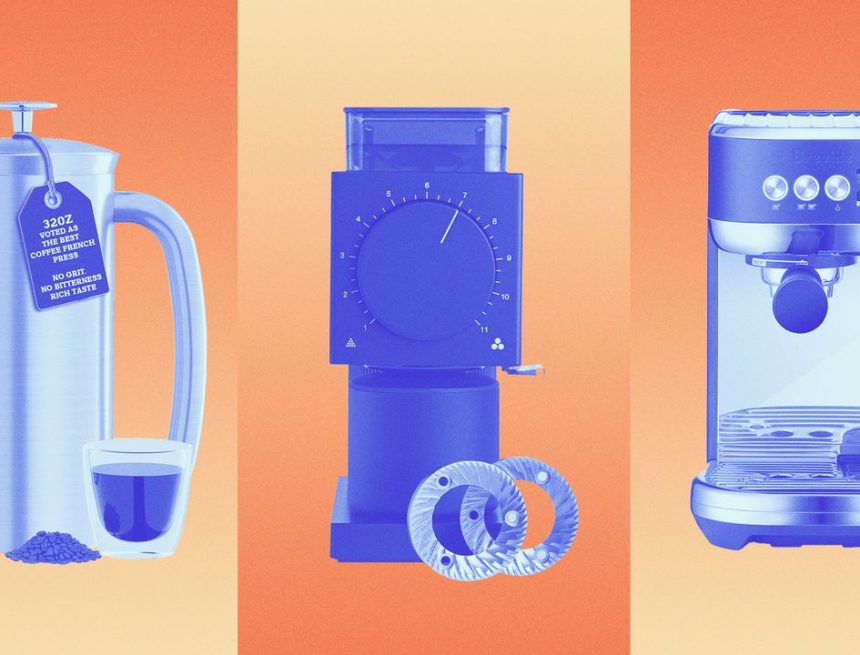But the most important thing is that the water tastes great. And, as someone who notoriously forgets to clean her water bottles, a “self-cleaning” water bottle is worth the extra cash.
What we’d leave: It’s expensive. Also, all the frills (connecting to an app, having to recharge the PureVis battery) might be too much for the average water drinker. Finally, the included Essential Filter isn’t as robust at filtering as the brand’s Advanced Filter. The Essential version is designed mainly for taste—it reduces chlorine, odors, and particulates so tap water tastes cleaner. The Advanced Filter goes a step further, targeting things like heavy metals and bacteria. If you’re mostly using the bottle for everyday city tap water, the Essential does the job. But if you want maximum protection in the backcountry or plan to use it while traveling, upgrading to the Advanced is necessary.
How we tested these filtered water bottles
I put every bottle through real-world scenarios, from tap water at home to airport bathrooms, public water fountains, and more. For some brands (Grayl, Lifestraw, Platypus), I even drank unfiltered water straight out of the wild. Taste, flow, ease of use, durability, and cleanup were my top priorities. For tech-heavy bottles, I tested self-cleaning and app features too. I also talked to hydration pros to separate marketing schemes from genuinely useful filtration.
What to consider when shopping for filtered water bottles
Filter type
Turns out, not all filtration methods work the same, and the type bottle you have will determine just how pure your water can be. “Most bottles use a combination of physical filtration (trapping particles) and chemical adsorption (binding contaminants to filter media),” explains NSF’s Postmus.
He says activated carbon is a popular technology that’s used to remove chlorine taste and odor, as well as some organic compounds and chemicals. However, it’s not effective against the smaller biocontaminants, like bacteria, viruses, and heavy metals. For those, most brands use a microfilter membrane or UV light. “The filtration process typically occurs in real-time as users drink, with water flowing through one or more filter stages before reaching the mouth,” Postmus adds.
Flow
In order for water to be filtered, it needs to physically be pushed through the filter (with the exception of UV light, but that’s less effective without the help of a physical filter anyway). Some water bottles filter upwards through a straw via suction, some use gravity to drip down, and others use pressure or a pump. This is largely up to personal preference but if you do want to use a traditional straw, you’ll want a straw that’s easy to suck through and not a workout every time you take a sip. The Lifestraw fit that criterion nicely.


